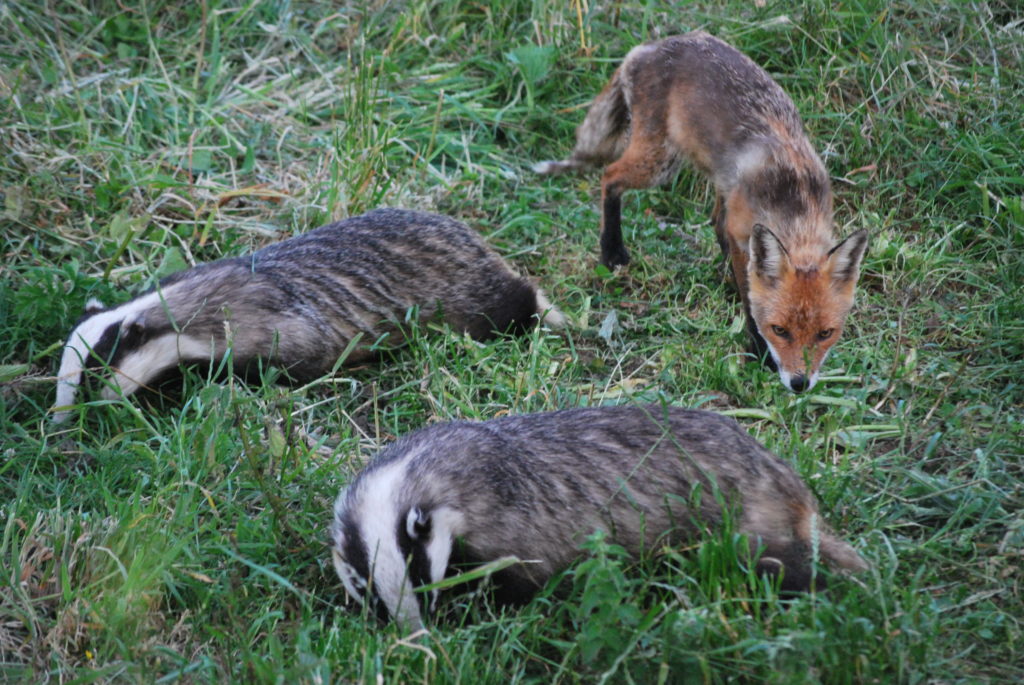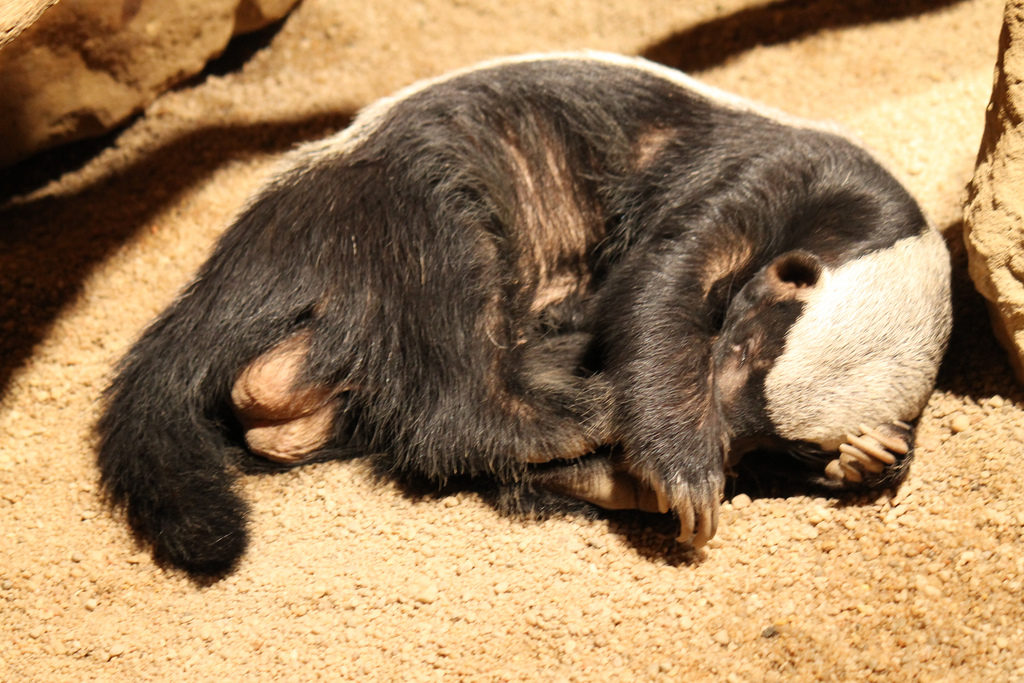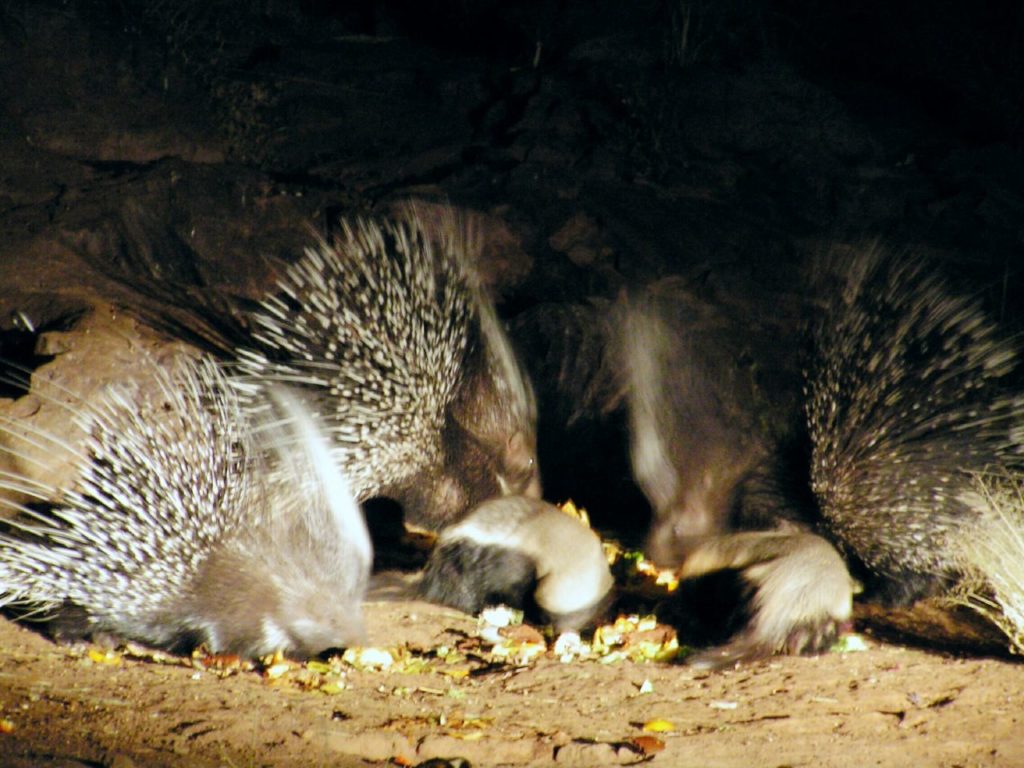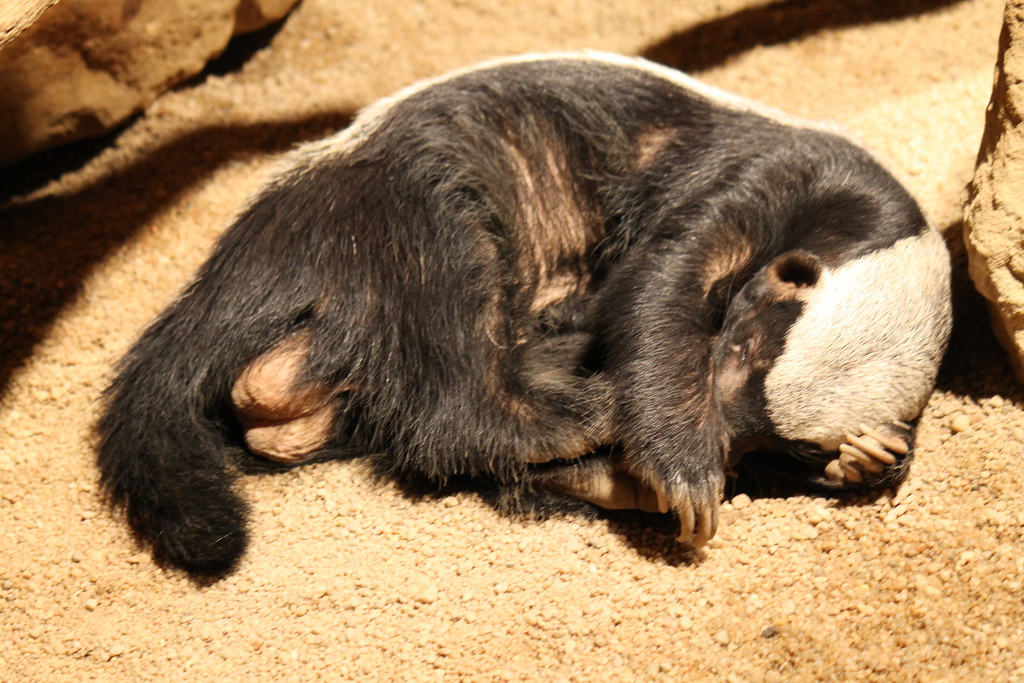Take a look at our list of 27 awesome and fun facts about badgers so you can learn what they eat, how many species of badgers there are and much more. Read on and enjoy a wide variety of information on this small creature.
1. There are 11 species of badger and they are grouped into 3 different types. The first is the Melinae, or the Eurasian badgers. The second is the Mellivorinae, or the Honey badger. The third is the Taxideinae, or the American badger.
2. Badgers are part of the Mustelidae family, which is the same family as ferrets, otters, polecats, weasels and wolverines.
3. Badgers are mainly nocturnal mammals, spending much of their day sleeping.
4. They can be found in North America, Ireland, Great Britain and most of Europe. There are also species in Japan, China, Indonesia and Malaysia. The Honey badger can be found in sub Saharan Africa, the Arabian Desert, India and Turkmenistan.
5. Badgers have an long head with small ears and black and white face, similar to a raccoon. Their body has grey fur with black and white areas underneath.
6. They have stocky bodies with short legs that are perfect for digging. They dig burrows deep underground, much like anteaters and armadillos.

7. These underground burrows are called setts. Their sett is often a maze of different tunnels and chambers. It’s also usually a home for about 6 badgers, and it’s kept very clean.
8. Badgers are known for growing up to a meter in length. However, the European badger is bigger than the American badger and the Honey badger.
9. The average weight for a badger is around 9 to 11 kilograms, or about 20 to 24 pounds.
10. They are also pretty quick. Badgers are known for short bursts of speed of up to 30 kilometers per hour, or 19 miles per hour.
11. A male badger is called a “boar.” A female badger is called a “sow.” Young badgers are called “cubs.”
12. A group of badgers is called a “cete,” however, they are also known as “clans.” A cete of badgers varies widely from 2 to 15 badgers.
13. The Honey badger is a carnivorous animal and it has a reputation for being extremely vicious, aggressive and fearless towards other animals, including humans.
14. During World War II, badgers were eating in Britain. They were also a normal part of a Native American and early settlers diet in the United States.

15. Badgers prefer to live in dry, open grasslands, fields and pastures. However, they are found living in high alpine meadows down to low sea levels.
16. The average wild badger lives to be up to 10 years old, with some being recorded as living to 14. In captivity, they tend to live up to 26 years of age due to better living conditions.
17. Badgers are very territorial, with territories being about 8 to 10 square kilometers in length. The size of the territory varies on the availability of food.
18. While there might be many different sets in a single territory, the main sett is always the biggest one.
19. There have been recorded main setts that are hundreds of years old and have hundreds of different entrances.
20. They are incredibly clean and will not defecate where they live. They have communal toilets that are made from shallow pits placed far away from the sett, almost at the edge of their territory. They also refuse to bring food into their sett.
21. Badgers have an excellent sense of smell and very good hearing. This helps them find food at night as their eyesight is not that good.

22. While they feed mainly on earthworms, they are known for eating young rabbits, mice, rats, voles, moles, hedgehogs, frogs, slugs and snails. They will also eat most fruits, acorns, bulbs, oats and wheats.
23. Badgers don’t hibernate in the winter, they just become less active.
24. Badgers give birth to between one and five offspring. The birthing usually happens in January or in March, in their setts.
25. Female badgers will take care of the litter by themselves. The cubs will remain with the mother until they’re about 8 weeks old. Once they learn to hunt for themselves, they will head out on their own.
26. While, in North America, coyotes and badgers seem to eat each other, they have been seen hunting together and even cooperating with one another for each others benefit.
27. Badgers have been known to become intoxicated with alcohol after eating rotting fruit.





One Comment
Pingback:
December 24, 2017 at 9:34 pm